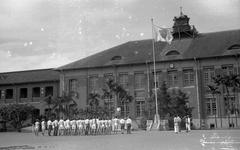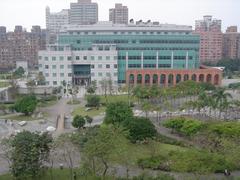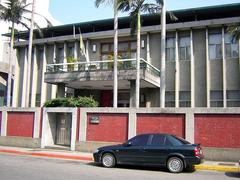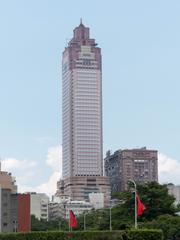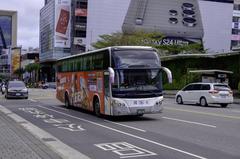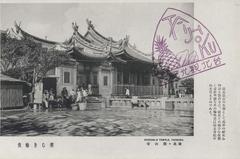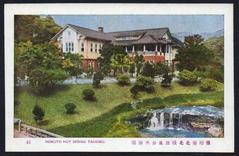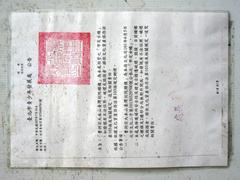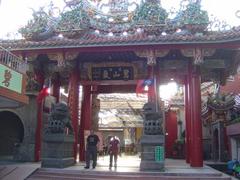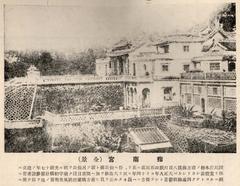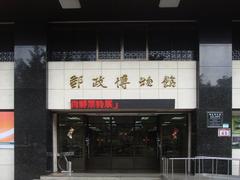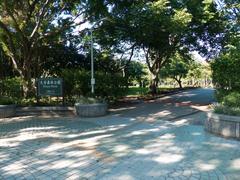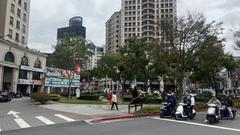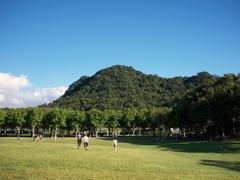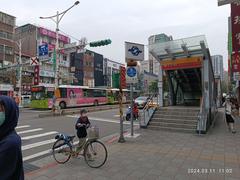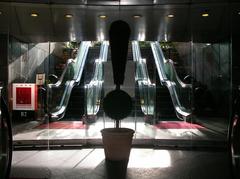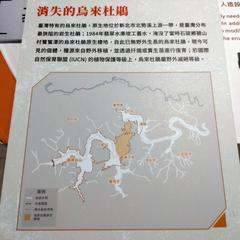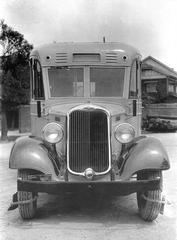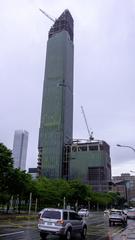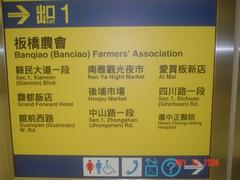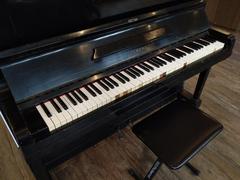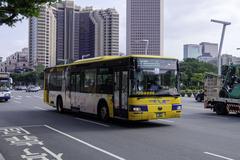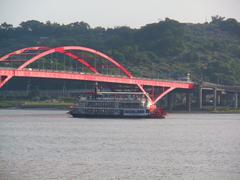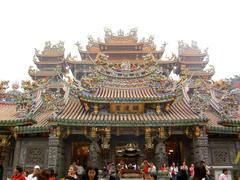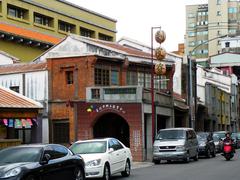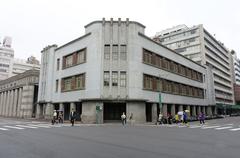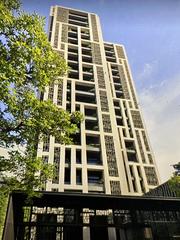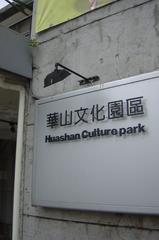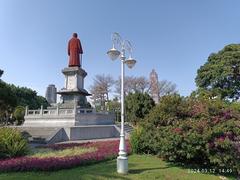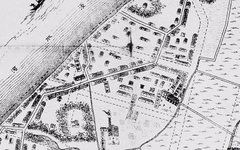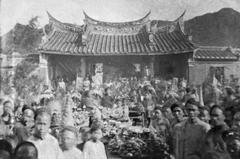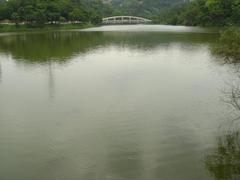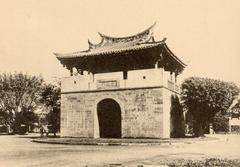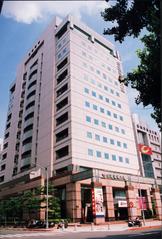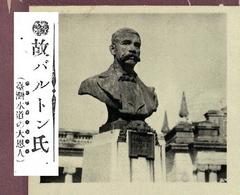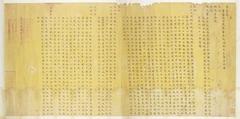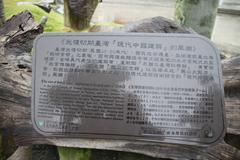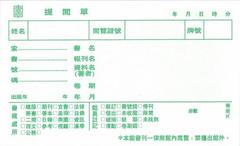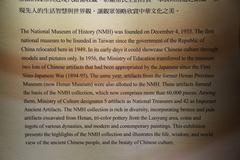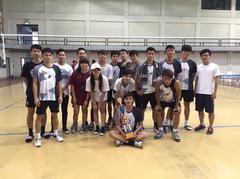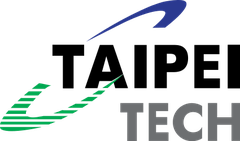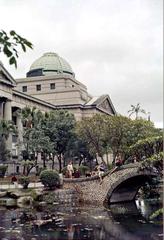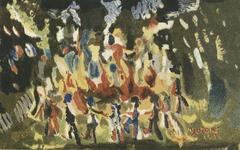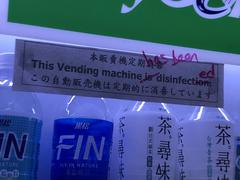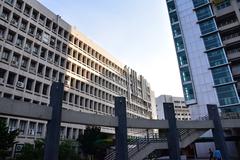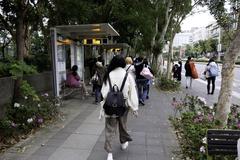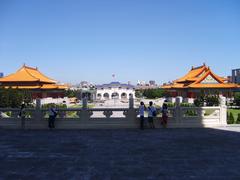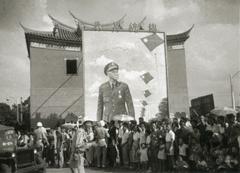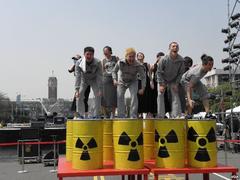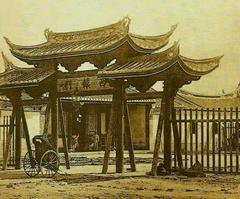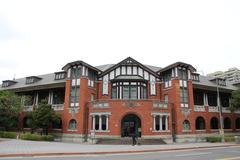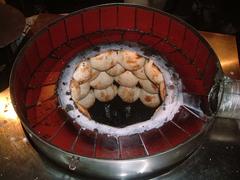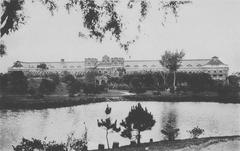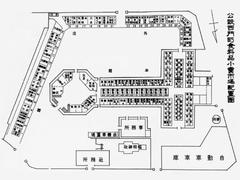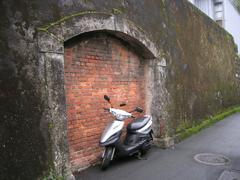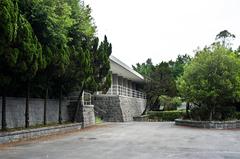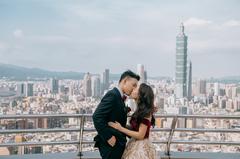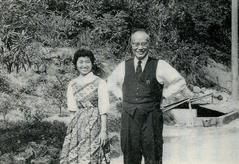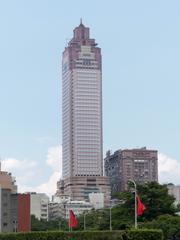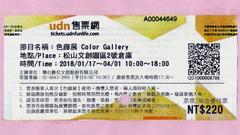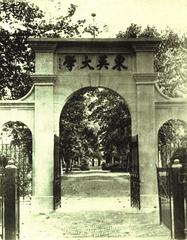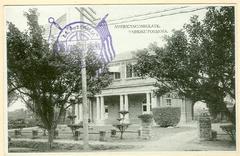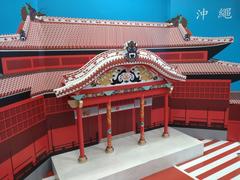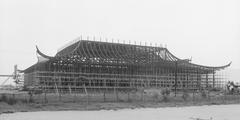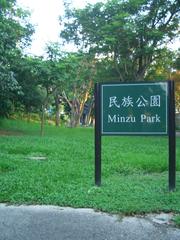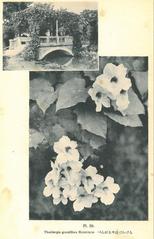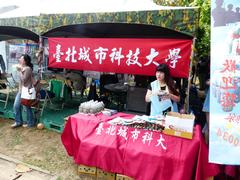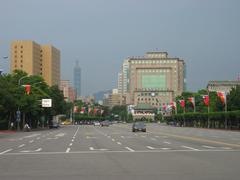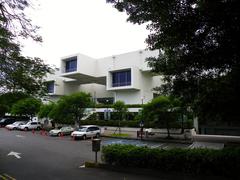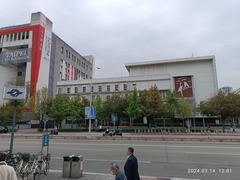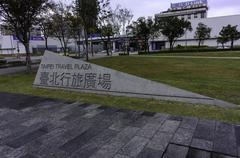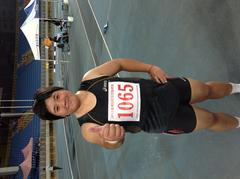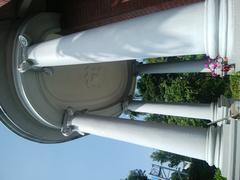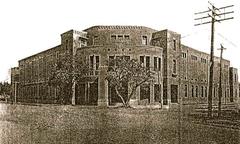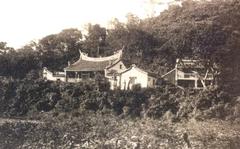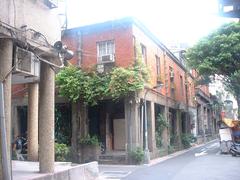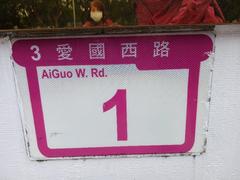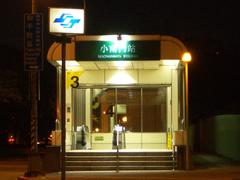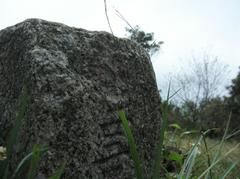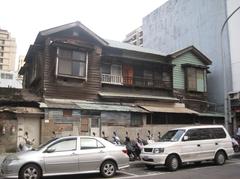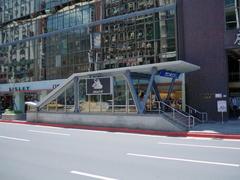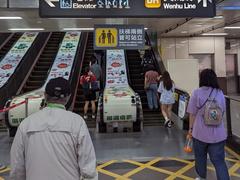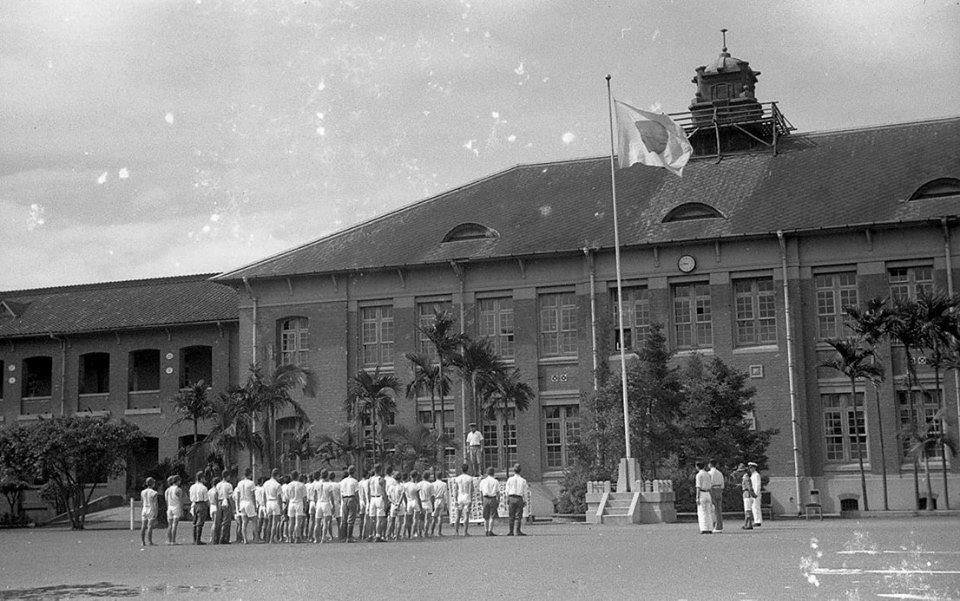
MOCA Taipei Visiting Hours, Tickets & Complete Visitor Guide: Discover Taipei’s Contemporary Art & Historical Heritage
Date: 14/06/2025
Introduction: MOCA Taipei’s Cultural Significance
Located in the heart of Taipei’s Datong District, the Museum of Contemporary Art Taipei (MOCA Taipei) is a vibrant cultural landmark that bridges Taiwan’s rich historical legacy with contemporary artistic innovation. Housed in a red-brick building dating back to the Japanese colonial period, MOCA Taipei occupies a unique position as both an architectural icon and a leading center for avant-garde art in Taiwan. Its history as a former school and city hall adds layers of meaning, making every visit an exploration of both art and heritage (MOCA Taipei Official; Travel Taipei).
MOCA Taipei excels in adaptive reuse, skillfully preserving its colonial-era structure while providing dynamic exhibition spaces. It champions contemporary, cross-disciplinary, and socially engaged art, and consistently delivers engaging public programs that foster dialogue between artists, audiences, and the broader community (Taiwan Tourism Bureau).
This guide offers comprehensive information on MOCA Taipei’s visiting hours, ticketing, exhibitions, accessibility, facilities, and nearby attractions, ensuring a rewarding experience for all visitors.
Table of Contents
- Introduction: MOCA Taipei’s Cultural Significance
- Origins and Historical Evolution
- Architectural Highlights
- Visiting MOCA Taipei: Essential Information
- 2025 Exhibition Highlights & Programming
- Educational & Community Engagement
- Nearby Attractions & Cultural Hotspots
- Visitor Tips & FAQs
- Contact Information
- Sustainability & Privacy
- Conclusion & Further Resources
Origins and Historical Evolution
Japanese Colonial Era Beginnings
The building now housing MOCA Taipei was constructed in 1919 (some sources cite 1921) as Jan Cheng (Jian Cheng) Elementary School, intended for Japanese children residing in Taipei. This period introduced Western architectural influences and modern educational ideals to the city (Travel Taipei; MOCA Taipei Official).
Post-War Transformation
After World War II and the handover of Taiwan to the Republic of China, the building served as Taipei City Hall for nearly fifty years. Its red-brick façade and central bell tower made it a civic landmark. In 1994, the city government moved, allowing the building to be designated a cultural heritage site. Careful restoration preserved its architectural features (Wikipedia; Taiwan Tourism Bureau).
Founding of MOCA Taipei
In May 2001, the building reopened as MOCA Taipei, Taiwan’s first museum dedicated solely to contemporary art. Uniquely, it shares its premises with Jian Cheng Junior High School—an example of cultural space blending with educational use (MOCA Taipei Official; Ocula).
Architectural Highlights
Colonial Styles & Symbolism
MOCA Taipei’s architecture is a blend of Victorian and Edwardian colonial elements adapted for Taiwan’s climate. Notable features include a symmetrical layout, preserved red brickwork, a central bell tower, arched windows, and decorative cornices. These elements represent both the aspirations of the Japanese colonial era and the ongoing evolution of Taipei’s urban identity (Travel Taipei).
Adaptive Reuse & Preservation
The building’s journey from school to city hall, and finally to a museum, exemplifies sustainable adaptive reuse. Restoration efforts prioritized original brickwork, interior spaces, and the maintenance of its dual function as a school and museum (Taiwan Tourism Bureau; MOCA Taipei Official).
Visiting MOCA Taipei: Essential Information
Visiting Hours & Tickets
- Hours: Tuesday to Sunday, 10:00 AM – 6:00 PM. Closed Mondays and on some public holidays (MOCA Taipei Official).
- Tickets: General admission is NT$50; discounts are available for students, seniors (65+), and groups. Children under 6 enter free. Some exhibitions or special events may require separate tickets. Purchase tickets at the museum or via the official website (Guide to Taipei).
Accessibility & Facilities
MOCA Taipei is fully accessible with ramps, elevators, accessible restrooms, and trained staff. Free Wi-Fi is available throughout, and lockers and a cloakroom near the entrance provide secure storage. Baby-changing facilities are available in accessible restrooms (Taipei Travel).
Getting There
The museum is centrally located at No. 39, Chang’an West Road, Datong District. It’s a short walk from Zhongshan MRT Station (Red Line), and also accessible from Taipei Main Station, Shuanglian, and Beimen stations (Taipei Travel). Multiple bus routes and taxis are available, but parking is limited—public transport is recommended.
Guided Tours
- Languages: Primarily in Mandarin; self-guided tours and occasional audio guides in other languages are available.
- Booking: Group tours (20–80 people) should be reserved at least 14 days in advance (MOCA Taipei Guided Tours).
- Duration: Plan 1.5–2 hours for a full visit.
2025 Exhibition Highlights & Programming
MOCA Taipei’s 2025 schedule features major thematic exhibitions, solo shows, and experimental art projects:
- “No Language” (Jan 17 – May 4, 2025): Explores non-verbal communication through visual art (MOCA Taipei 2025 schedule).
- “Safe Room” (May 24 – Sep 7, 2025): Youth Art Project examining the concept of security (MOCA Taipei exhibitions).
- “Umwelt: The Embodied World(s)” (May 24 – Sep 7, 2025): Investigates human-environment relationships (MOCA Taipei exhibitions).
- “Peter Cook: City and Mountain” (Jun 21 – Aug 10, 2025): British architect’s multimedia exploration of Taiwan’s landscapes (MOCA Taipei news).
- “Chrono Eclipse—Ligyung Solo Exhibition” (Feb 22 – Apr 20, 2025): Innovative use of light, sound, and space (MOCA Taipei news).
- “Blacksmith Alchemy V—Wu Chien-Hsing Solo Exhibition”: Reflects on Taiwan’s industrial transformation (MOCA Taipei 2025 schedule).
- “Street Art Project: On-Street Collection Exhibition” (Oct 4 – Nov 30, 2025): Collaborative neighborhood public art (MOCA Taipei 2025 schedule).
Other notable programming includes video art screenings in the MOCA Video space, and experimental projects in MOCA Studio (MOCA Taipei exhibitions).
Educational & Community Engagement
MOCA Taipei’s commitment to education and community is reflected in:
- Workshops: For children, families, and adults.
- Artist Talks & Panels: Fostering public dialogue.
- Educational Outreach: Collaborations with schools and community groups (art365.tw).
- Public Art Initiatives: Transforming local spaces and engaging neighborhood residents.
The museum is also Taiwan’s only partner gallery designated by the National Gallery of the UK (art365.tw).
Nearby Attractions & Cultural Hotspots
Enhance your visit by exploring nearby destinations:
- Taipei Confucius Temple: Classical architecture and tranquil gardens (Taipei Confucius Temple).
- Dadaocheng & Dihua Street: Historic streetscapes, tea houses, and cultural festivals (Taipei Event Calendar).
- Taipei Fine Arts Museum: Modern and contemporary art (Taipei Fine Arts Museum).
- Ningxia & Shuanglian Night Markets: Local cuisine and vibrant evening atmosphere (Taipei Night Market Festival).
- Zhongshan Creative Park: Pop-up exhibitions and creative shops (Zhongshan Creative Park).
- Other Sites: Taipei Botanical Garden, Dalongdong Baoan Temple, Ximending shopping district.
Visitor Tips & FAQs
Essential Tips
- Arrive early on weekends or during major exhibitions to avoid crowds.
- Check current visiting hours and exhibition schedules on the official website.
- Photography is allowed in most areas (no flash/tripods); observe exhibition signage.
- Food and drink are not permitted in galleries; cafes and restaurants are nearby.
- Visit the MoCA Shop for art books and souvenirs (MOCA Taipei Shop).
Frequently Asked Questions (FAQ)
Q: What are MOCA Taipei’s visiting hours?
A: Tuesday to Sunday, 10:00 AM – 6:00 PM; closed Mondays and some holidays.
Q: How much are tickets?
A: NT$50 general admission; discounts and free entry for eligible groups.
Q: Is the museum wheelchair accessible?
A: Yes, with full accessibility features.
Q: Are guided tours available in English?
A: Guided tours are primarily in Mandarin; self-guided resources may be available.
Q: Can I take photographs?
A: Allowed in most areas, but not all exhibitions; check signage.
Q: Where can I store bags or personal items?
A: Lockers and a cloakroom are available near the entrance.
Q: What nearby historical sites can I visit?
A: Confucius Temple, Dadaocheng, Dihua Street, and more.
Contact Information
- Phone: +886 2-2552-3721 / +886 2-2559-3874
- Email: [email protected]
- Official website: MOCA Taipei
- Exhibition Department: +886-2-2552-3721 (Ext. 216, 205) or [email protected] (MOCA Taipei Application)
Sustainability & Privacy
MOCA Taipei upholds Taiwan’s data protection laws, ensuring secure handling of visitor and member information. The museum adopts environmental practices such as energy-efficient lighting and recycling (MOCA Taipei Privacy Policy).
Conclusion & Further Resources
MOCA Taipei exemplifies the harmonious integration of historical legacy and contemporary artistic innovation. With accessible facilities, a dynamic exhibition schedule, and a central role in the local community, MOCA Taipei is a must-visit for art lovers and cultural explorers alike. Plan ahead, check for updated hours and events, and enrich your visit with the Audiala app and official resources.
Explore more Taipei cultural landmarks, download the Audiala app for audio guides, and stay connected with MOCA Taipei on social media for the latest news and events.
References
- This is a sample text. (MOCA Taipei Official)
- This is a sample text. (MOCA Taipei Exhibitions)
- This is a sample text. (MOCA Taipei Visiting Info)
- This is a sample text. (MOCA Taipei About)
- This is a sample text. (Travel Taipei)
- This is a sample text. (Taiwan Tourism Bureau)
- This is a sample text. (Wikipedia)
- This is a sample text. (art365.tw)
- This is a sample text. (Taipei Travel)
